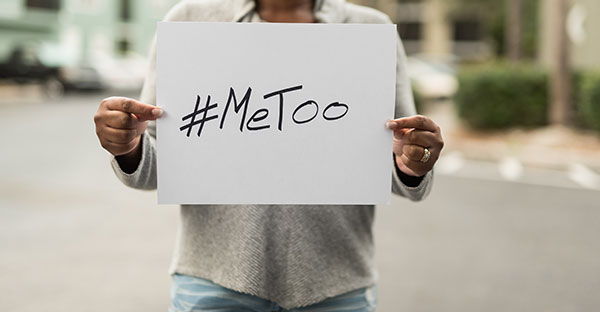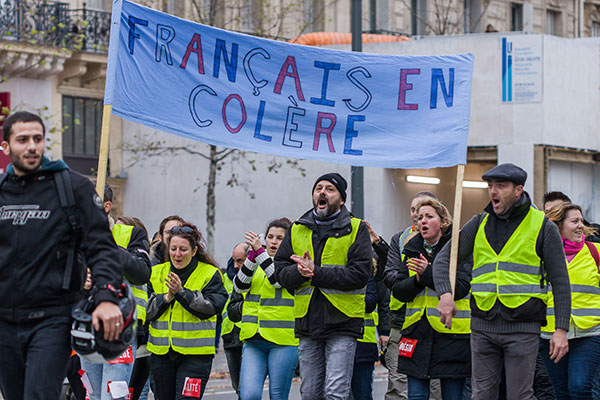From the “Maple Spring” and the “Arab Spring”, to the Indignados in Spain and the “Yellow Vests” in France, a great number of protests were made possible thanks to the judicious use of social media.
These same tools gave voice to minority groups such as First Nations and the Idle No More movement. They also help generate public debate on taboo subjects, as was the case for the #MeToo movement. In fact, in Québec, this mobilization led to the adoption of the Act to prevent and fight sexual violence in higher education institutions in 2017.
A mobilization which also has its limits
 “The use of social media has helped several protest movements become increasingly inclusive and decentralized. However, these mobilizations often lack cohesion and can be quite fragmented,” claims Mireille Lalancette1.
“The use of social media has helped several protest movements become increasingly inclusive and decentralized. However, these mobilizations often lack cohesion and can be quite fragmented,” claims Mireille Lalancette1.
She also states that, even though many of these movements have succeeded in wielding some influence on policy makers, others have failed to translate into political action. For instance, there was the Occupy movement, which denounced the hoarding of wealth by the 1%, those most wealthy. Though it no doubt raised people’s awareness of their cause, it hasn’t led to any changes which could improve wealth distribution in the United States... far from it!
The case of the French “Yellow Vests” also provides another telling illustration of the tension which can be experienced within this type of movement. Extremely active and firmly established in large parts of the population, the Yellow Vests have no structured organization, and are struggling to find spokespersons and to bring forward democratically debated demands. “And that is where we need the help of organizations like unions,” says Thierry Vedel2.
Thierry Vedel believes that union organizations are “collective-demands-producing machines”. They get things in order, prioritizing and organizing, unlike social media which promotes individuality and doesn't instill a sense of oneness.3
 A potential driver of union action
A potential driver of union action
The judicious use, in-house, of social media appears to encourage members’ participation. When used externally, it seems to give union demands greater visibility.
For social media to act as a driver to democratize and strengthen our actions, communication codes must be followed. For instance, messages posted on social media must be visually driven, spontaneous and connect with the audience on an emotional level. In short, the use of digital technology should be seen as another arrow in our quiver of possible collective actions, but not as a miracle solution.
Within the general population, unions are still considered as organizations that provide opportunities for consultation as well as the continued defence of numerous rights. As information overload makes communications with members and fellow citizens somewhat more difficult, a judicious mix of newer mobilization 2.0 strategies and more traditional union mobilization practises will undoubtedly help promote better working and living conditions for a majority of the population.
1 Mireille Lalancette is full professor of Social communication at the Université du Québec à Trois-Rivières.
2 Thierry Vedel is a researcher at the French National Centre for Scientific Research (CNRS).
3 NICOLAS, Clément, and Marion CANDAU (2018). “ Les gilets jaunes pris au piège des réseaux sociaux”, EURACTIV.FR, [Online] (December 7, updated December 10). [euractiv.fr/section/economie/news/les-gilets-jaunes-pris-au-piege-des-reseaux-sociaux/].
